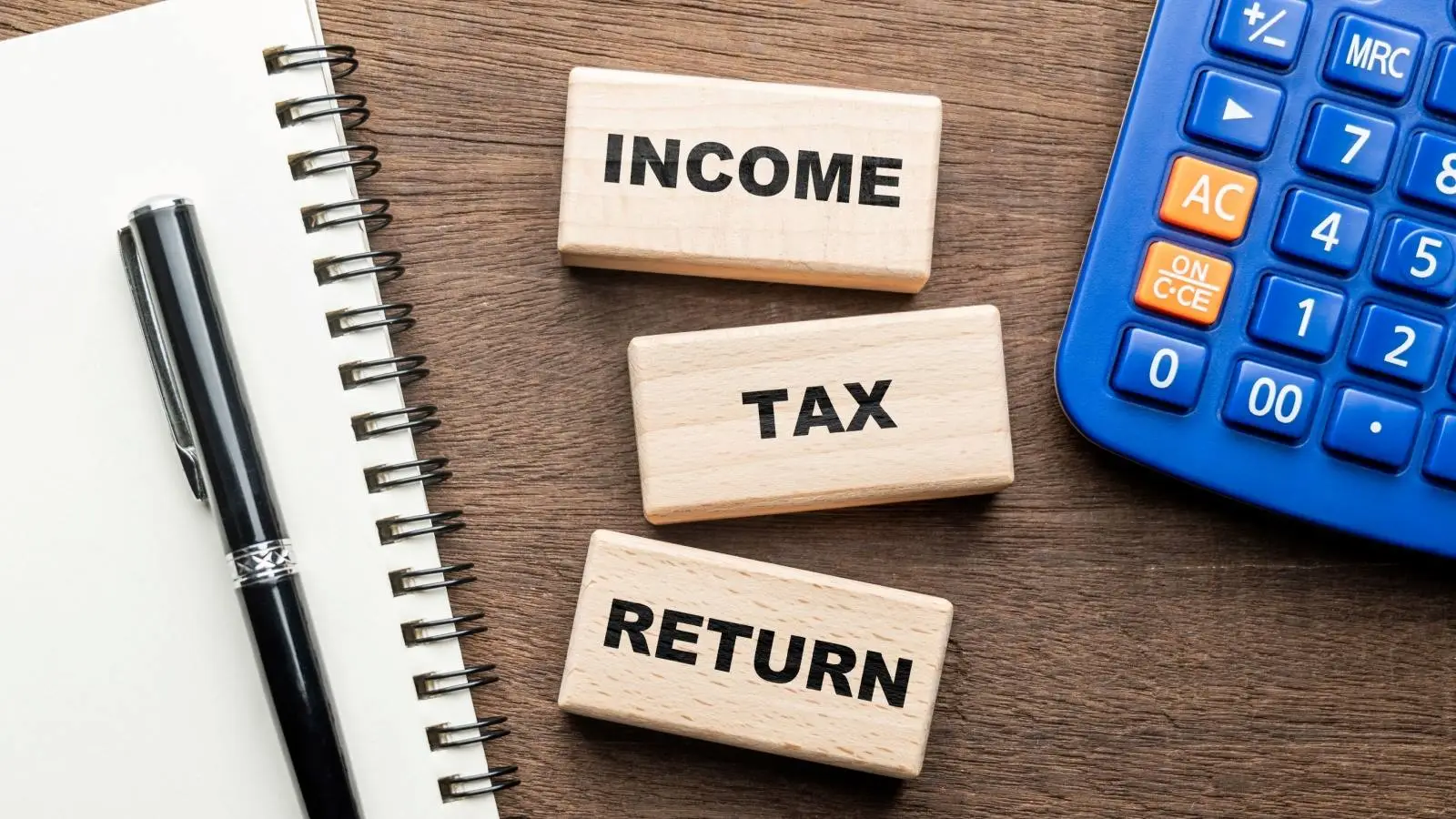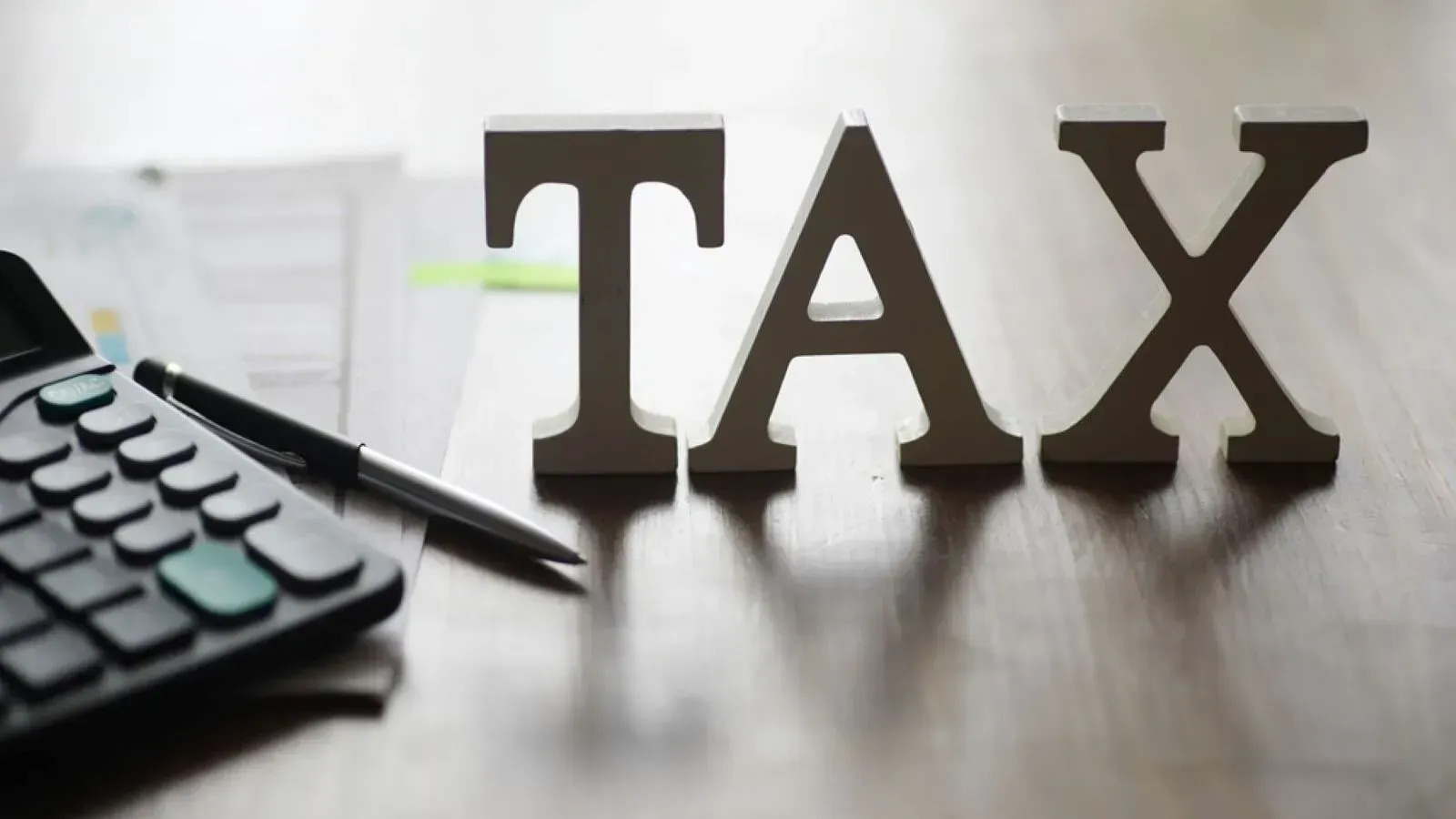Personal Finance News
How to switch from new tax regime to old regime while filing ITR for AY 2025-26
.png)
3 min read | Updated on August 31, 2025, 08:25 IST
SUMMARY
It is mandatory for Individuals, HUF, AOP (other than co-operative societies), BOI & Artificial Judicial Persons (AJP) having income from business and profession to file Form 10 IEA to indicate their tax regime preference.

Taxpayers filing ITR-3 or ITR-4 can only choose to file taxes under the new tax regime once in their lifetime.
The deadline for income tax return filing (non-audit) for the current assessment year (2025-26) is approaching. While the earlier deadline was July 31, 2025, it was extended to September 15 as there were many changes in the ITR forms this year.
Taxpayers can file their income tax returns (ITRs) under the old tax regime or the new one, and the new regime is the default. This means that if you don’t opt for a regime actively, your return will be filed under the new regime by default.
Those who file ITR-1 or ITR-2 can easily change their tax regime while filing their returns on the Income Tax portal. However, taxpayers who file ITR-3 or ITR-4 have to file Form 10-IEA in order to change their tax regime, and they can only do it once in their lifetime. Before going into detail, here is a summary of who files these ITR forms:
-
ITR-1 (Sahaj): For Indian residents with income below ₹50 lakh from salary, one house property and other sources. Those who have capital/business gains must not file ITR-1.
-
ITR-2: For individuals/HUFs with income from capital gains, multiple houses or foreign assets, but no business/profession income.
-
ITR-3: For individuals/HUFs with income from business/profession, or as a partner in a firm.
-
ITR-4 (Sugam): For resident individuals/HUFs/firms (not LLPs) with presumptive income of up to ₹50 lakh under Sections 44AD, 44ADA and 44AE.
How to change your tax regime?
Individuals can change their tax regime while filing their ITRs if they do not have income from business and profession. ITR-1 and ITR-2 forms ask taxpayers whether or not they want to opt out of the new tax regime by exercising the option u/s 115BAC(6). The default option is no.
If you click on yes, your tax liability will be calculated as per the old tax regime. Even if the default is no, and you select no, your ITR will be filed under the old tax regime.
Taxpayers filing ITR-3 or ITR-4 can only choose to file taxes under the new tax regime once in their lifetime. Importantly, if they switch to the new tax regime, they can’t switch back to the old tax regime.
To switch to the new regime, taxpayers have to use Form 10 IEA to “Opt out or Re-enter” in the New Tax Regime. It is mandatory for Individuals, HUF, AOP (other than co-operative societies), BOI & Artificial Judicial Persons (AJP) having income from business and profession to file Form 10 IEA to indicate their tax regime preference. Such individuals must submit Form 10-IEA within the specified time frame under section 139(1) if they want to switch tax regimes.
How to file Form 10-IEA?
To file Form 10-IEA on the Income Tax portal, follow these steps:
- Go to the Income Tax e-filing portal and log in with your PAN and password
- Under the e-File section, choose ‘Income Tax Forms
- Choose Form 10-IEA
- Fill in all the required fields, including your income, deductions and exemptions
- Submit the form and go to the e-Verify section to complete the process
Ensure that you have filled in all the details correctly to avoid any delays or rejections.
Related News
By signing up you agree to Upstox’s Terms & Conditions
About The Author
Next Story


